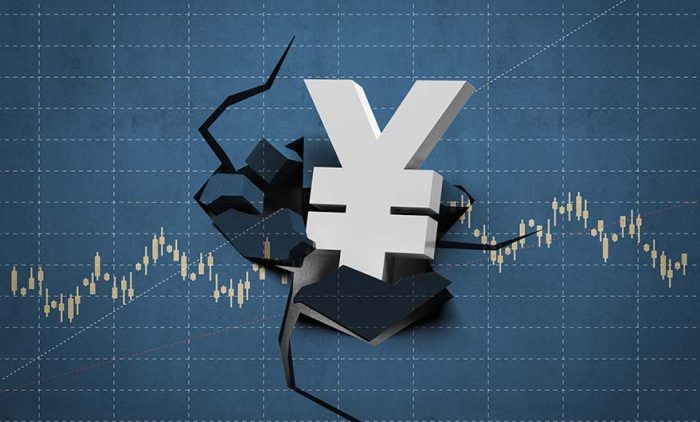After hitting a 33-year low, concern surrounding the Japanese yen is mounting as government bond yields reach their highest levels since July 2013, peaking at 0.89%. Investors predict that the Bank of Japan (BoJ) will amend its unconventional “yield curve control” policy, aimed at purchasing government bonds to maintain yields below a fixed threshold.
Bank of Japan in talks over interest rates and wage growth


Jim Leaviss Source: LinkedIn
Jim Leaviss, Chief Investment Officer for Public Fixed Income at M&G, noted:
It feels like the market is anticipating a modification to yield curve control and is starting to price that already.
However, industry experts at Barclays anticipate that the BoJ may scrap yield curve control entirely this week after a damaging start to the week acting as the nail in the coffin of a tough financial year.
Morgan Stanley analysts suggest that the BoJ has actively moved against rising interest rates over the past two years by keeping its policy rate at minus 0.1% despite experiencing 18 months of inflation exceeding its target.
Don’t miss out the latest news, subscribe to LeapRate’s newsletter
That being said, the widening gap between borrowing costs in Japan has put pressure on the BoJ to tighten its policy as the yen weakens. The BoJ has argued that the primary factor driving up prices has been the rapidly soaring import tariffs that have impacted countries worldwide since the Covid-19 pandemic and Brexit.
It seems that the BoJ may maintain an active standpoint on a further interest hike, opting for more sustainable wage growth to prevent the economy from regressing into decades of deflation – experts await reports from the bank’s two-day meeting to determine the next plan of action regarding the yen.